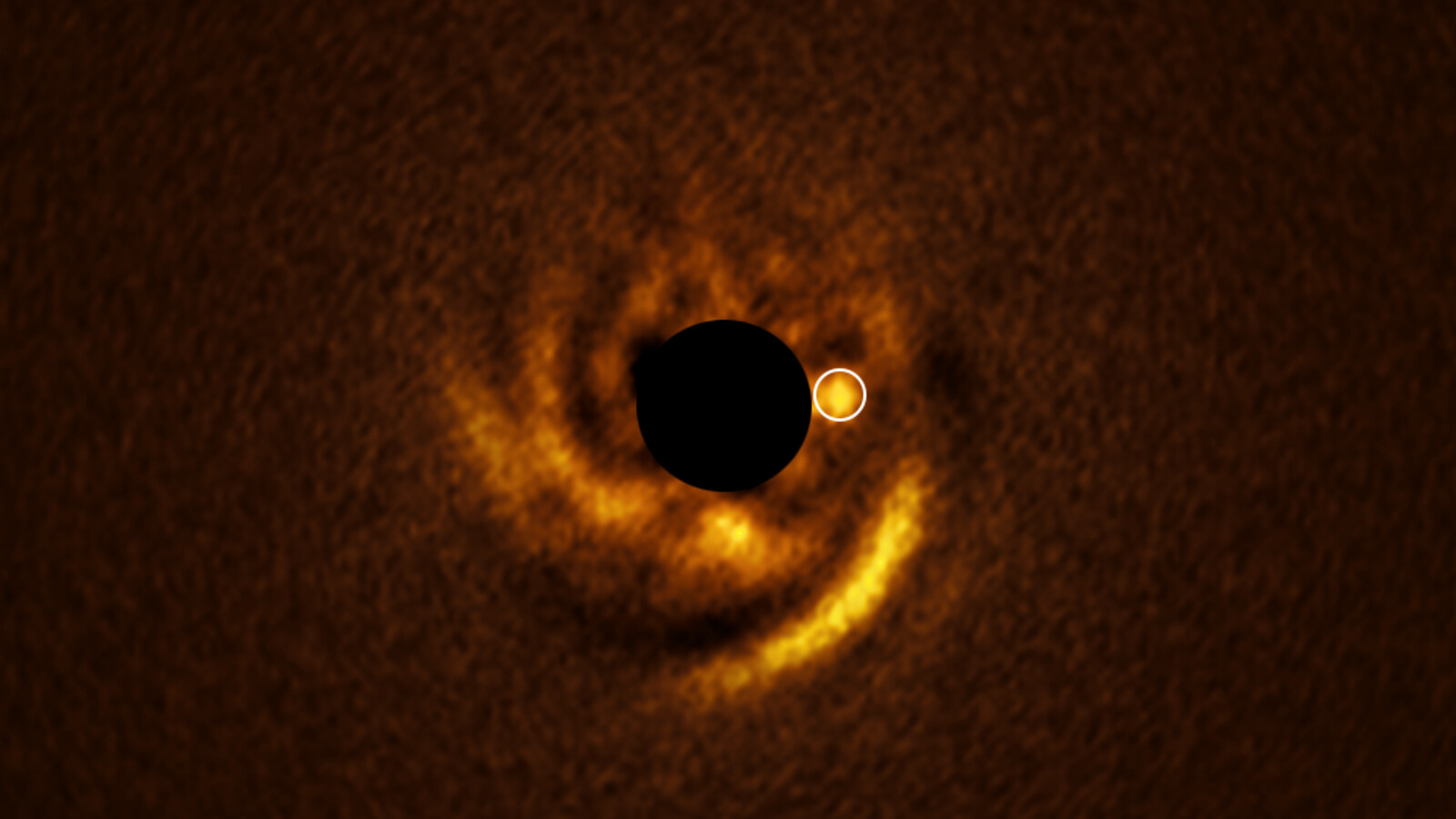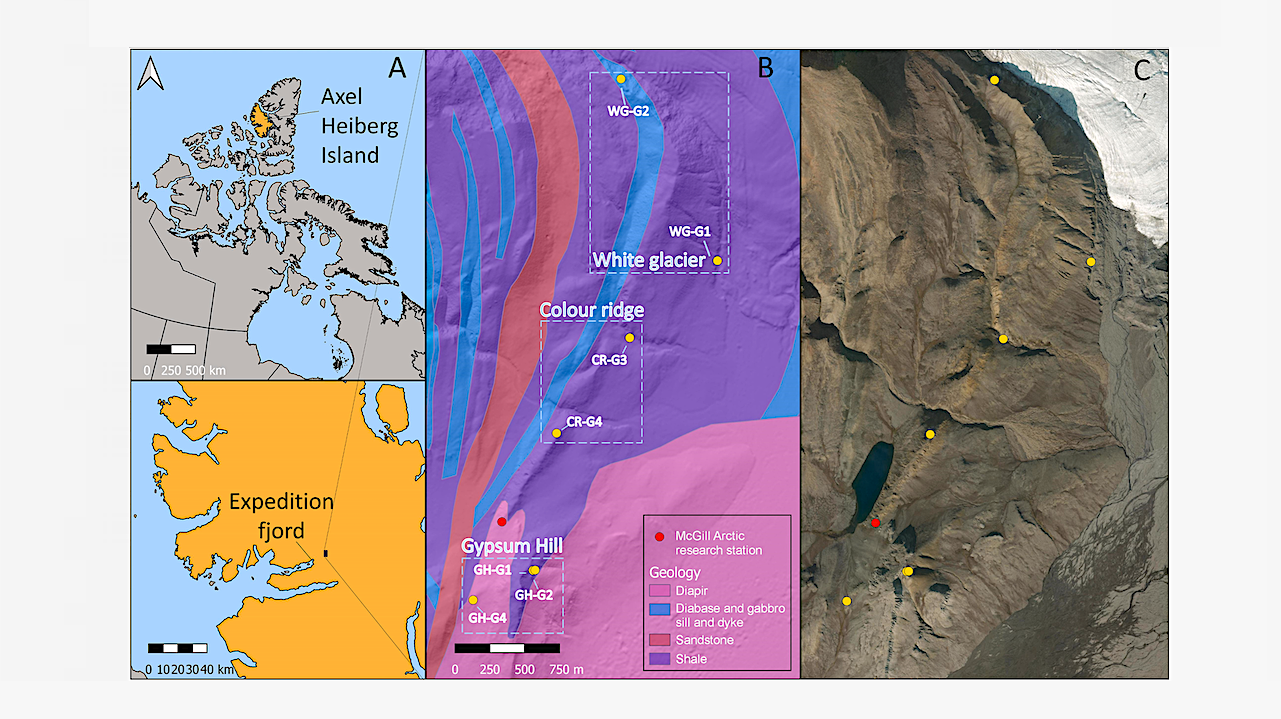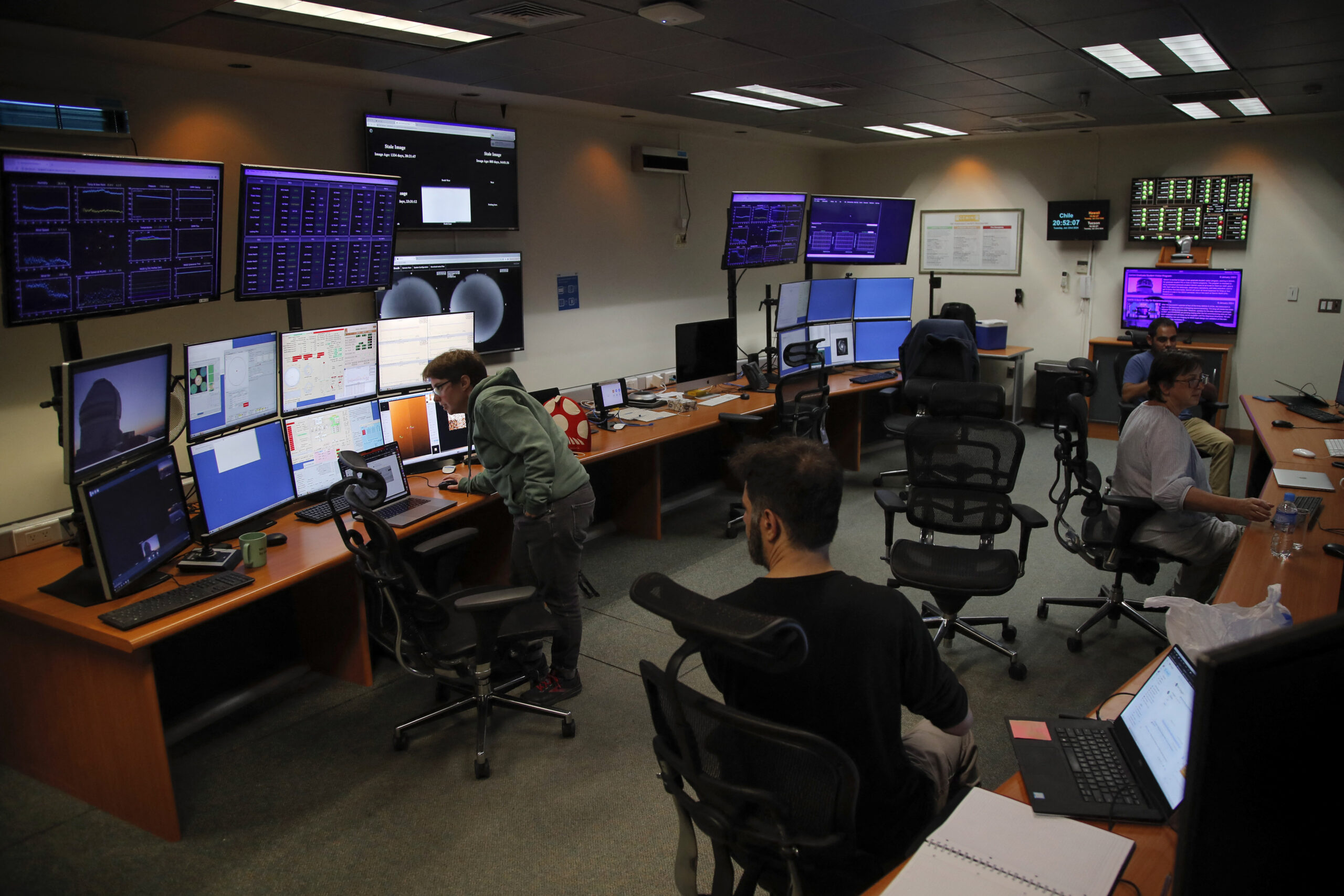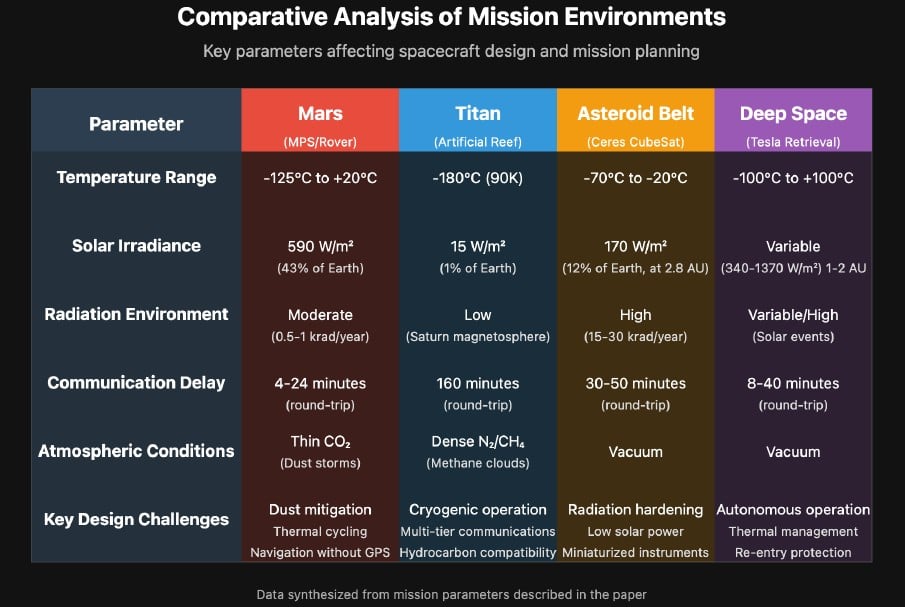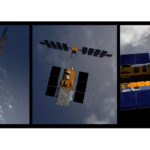Parsing the Space Force’s budget each year is a difficult task. The FY2026 budget is more complicated and more difficult to grasp due in part to the reconciliation process lawmakers
Hot Posts390- Page
Stars are born in clouds of dust and gas, and around them, planets slowly begin to take shape. Astronomers have long theorized how planets form from these swirling discs, but
(A) Map of the study area on Axel Heiberg Island, Nunavut, Canada. The north arrow is valid for every panel. (B) Geological map of the region modified from Harrison and
What can Earth-sized exoplanets teach scientists about the formation and evolution of exoplanets throughout the cosmos? This is what a recently submitted study hopes to address as an international team
Overview of oceanographic sampling procedures — Microbial Ecology via PubMed Microorganisms are essential players in Earth’s ecosystems, demonstrating remarkable adaptability to harsh conditions including arctic ice caps, deep-sea hydrothermal vents,
The swirling spiral galaxy in this NASA/ESA Hubble Space Telescope image is NGC 3285B, which resides 137 million light-years away in the constellation Hydra (the Water Snake). Hydra has the
The amount of data that will be collected by the Vera C. Rubin Observatory, which released its fabulous first-light images this week, will far outweigh what any telescope before it
There are plenty of engineering challenges facing space exploration missions, most of which are specific to their missions objectives. However, there are some that are more universal, especially regarding electronics.
On Aug. 12, 2026, a total solar eclipse will flash across a small part of the Northern Hemisphere, bringing totality to Greenland, Iceland and Spain. Totality lasts only a couple
Applications 30/06/2025 604 views 8 likes The Meteosat Third Generation Sounder (MTG-S1) satellite, which is hosting the instrument for the Copernicus Sentinel-4 mission, has been placed inside the nose cone
-
 012024 in Review: Highlights from NASA in Silicon Valley
012024 in Review: Highlights from NASA in Silicon Valley -
 02Panasonic Leica Summilux DG 15mm f/1.7 ASPH review
02Panasonic Leica Summilux DG 15mm f/1.7 ASPH review -
 03How New NASA, India Earth Satellite NISAR Will See Earth
03How New NASA, India Earth Satellite NISAR Will See Earth -
 04And Thus Begins A New Year For Life On Earth
04And Thus Begins A New Year For Life On Earth -
 05Astronomy Activation Ambassadors: A New Era
05Astronomy Activation Ambassadors: A New Era -
06SpaceX launch surge helps set new global launch record in 2024
-
 07Space Force plans new ‘Futures Command’ amid pressure to speed up modernization
07Space Force plans new ‘Futures Command’ amid pressure to speed up modernization



